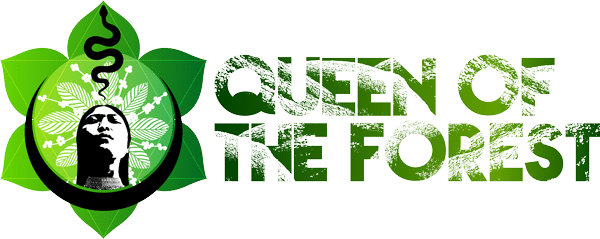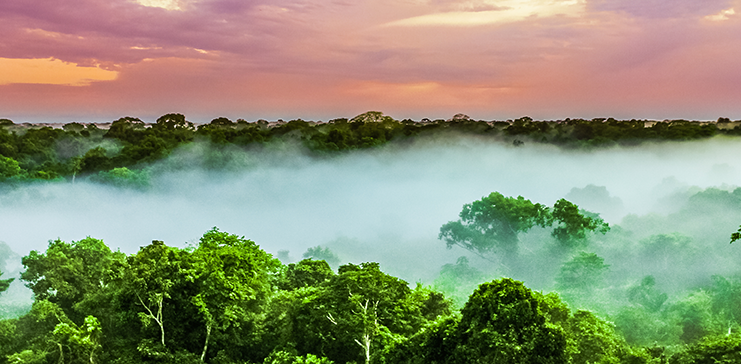Amazon Forest Plants, FOREVER THE FOREST
“10 Jaw-Dropping Facts About the Amazon Rainforest: Earth’s Lungs in Peril”
Discover the Heartbeat of Our Planet: The Amazon Rainforest
The Amazon Rainforest isn’t just a place; it’s a living, breathing miracle of nature. Often called the “lungs of the Earth,” this vast, awe-inspiring forest spreads across eight countries in South America—Brazil, Bolivia, Peru, Ecuador, Colombia, Venezuela, Guyana, Suriname—and the French overseas region of French Guiana. It’s a world unto itself, brimming with life, culture, and wonder. Let’s take a moment to explore why the Amazon is so extraordinary and why it calls on each of us to care deeply about its future.
A Symphony of Life
The Amazon is one of the most biodiverse places on Earth. Picture this: 10% of all known species live here! Over 2.5 million types of insects, tens of thousands of plants, and more than 2,000 birds and mammals call this forest home. It’s a treasure chest of life, holding species that exist nowhere else. Walking through the Amazon, you’d be surrounded by plants and creatures still waiting to be discovered.
The Forest Without Limits
Spanning 5.5 million square kilometers (2.1 million square miles)—almost twice the size of India—the Amazon holds over half of the world’s remaining rainforests. Its size is humbling, its reach vital. This sprawling landscape isn’t just vast; it’s irreplaceable.
The Mighty Amazon River
At the heart of this rainforest flows the Amazon River, the largest river in the world by water volume. Its sheer power and expanse mean there are no bridges crossing it—a testament to its untamed nature. The river sustains life throughout the rainforest and beyond, nurturing the ecosystems it touches.
Nature’s Carbon Filter
The Amazon is a warrior in the fight against climate change, absorbing immense amounts of carbon dioxide and releasing oxygen that sustains life on Earth. But deforestation threatens this delicate balance. Every tree felled is a step away from the life-giving force the Amazon provides.
A Living Legacy of Humanity
The Amazon is not just nature; it’s culture, history, and home. Around 400-500 indigenous tribes live here, each with its own language, traditions, and way of life. Some of these tribes have never had contact with the outside world, preserving a unique wisdom that’s as precious as the forest itself.
A Pharmacy of Possibilities
Did you know that roughly 25% of Western medicines are derived from rainforest plants? And yet, we’ve only scratched the surface—less than 1% of Amazonian plants have been tested for their medicinal properties. The forest holds untold cures, waiting patiently for us to unlock their secrets.
Under Threat
This paradise faces growing threats. Logging, agriculture, mining, and climate change are encroaching on its beauty. The destruction of the Amazon doesn’t just affect South America—it sends ripples across the globe, jeopardizing biodiversity and accelerating climate change.
A Rainmaker for the World
The Amazon is a key player in the planet’s weather system. It regulates temperature and humidity and drives the water cycle. Remarkably, it generates as much as 50-75% of its own rain through moisture released by its trees—a stunning example of nature’s interconnectedness.
A Mosaic of Ecosystems
Beyond its dense forests, the Amazon includes seasonal forests, flooded forests, savannas, and more. Each ecosystem plays a role in supporting the breathtaking diversity of life that thrives here.
Hope for the Future
The Amazon’s story isn’t just one of threats; it’s also one of resilience and hope. Governments, indigenous communities, and organizations around the world are fighting to protect this treasure. Through sustainable practices, conservation areas, and global advocacy, there’s a growing movement to safeguard the Amazon for future generations.
The Amazon Rainforest is more than a collection of trees and rivers. It’s a symbol of life’s interconnected beauty, a guardian of our planet’s health, and a source of wisdom and sustenance for countless species, including us. Preserving it isn’t just an environmental cause—it’s a promise to the Earth and all who call it home. Together, we can honor this magnificent gift and ensure its heartbeat echoes for generations to come.
Are you ready to stand with the Amazon? Let’s nurture this miracle, for its story is our story too.
Get to Know More About the Amazon Forest:
State of the Worlds Rainforests
Deforestation of the Amazon Forest


